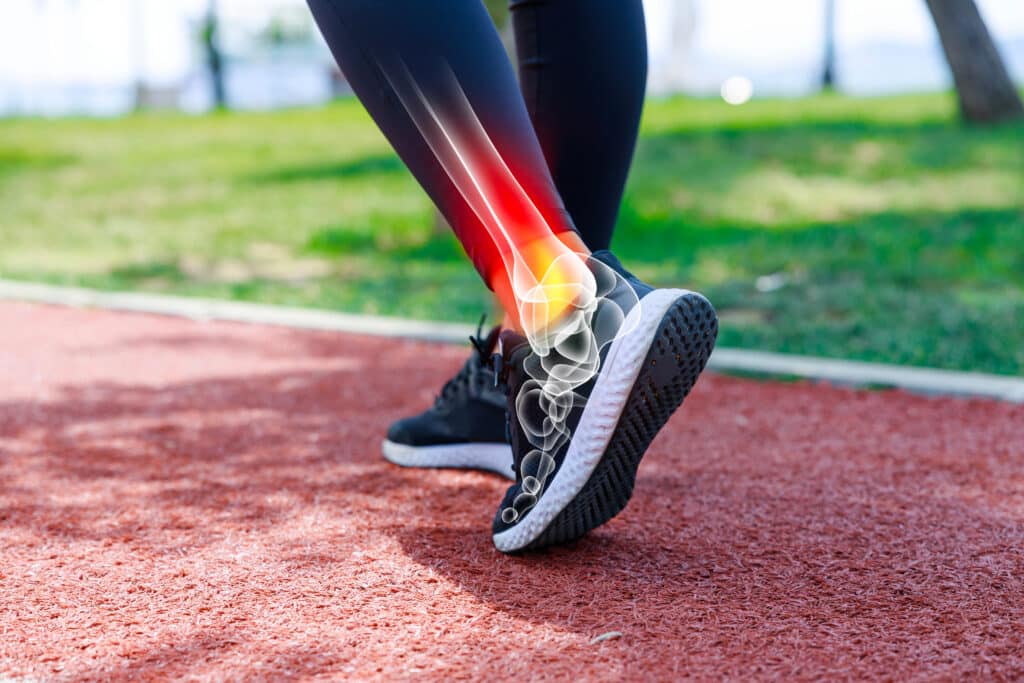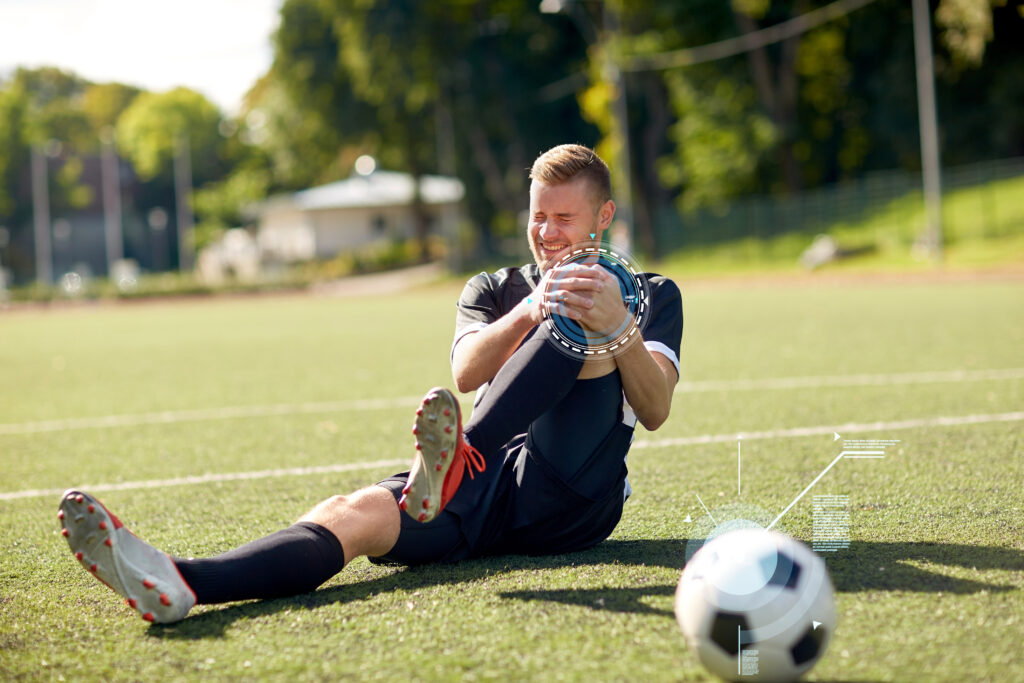Tackling Sports Injuries: How Physical Therapy Takes the Lead
In the active world of sports in Staten Island, athletes of all levels often face challenges from injuries caused by playing sports. These injuries, like sprains, fractures, or concussions, can keep athletes from doing their best and staying healthy. But even when faced with these challenging situations, there is something positive to look towards: the helpful effects of physical therapy. It’s not just a simple solution; it’s like a trusted friend on the path to healing and preventing sports injuries. Let’s explore some of the most common sports injuries and how physical therapy can help athletes recover strength and resilience.
Game Changers: Unpacking the Sports Injuries Athletes Often Face
Sprains & Strains
Sprains and strains are among the most common sports injuries. Sprains occur when ligaments, or the elastic bands connecting bones, are stretched or torn, while muscle strain involves the stretching or tearing of muscles or tendons. Physical therapy is instrumental in treating sprains and strains through therapeutic exercises, manual therapies, and modalities like ice or heat. Physical therapists facilitate a full recovery by focusing on strengthening the affected areas and improving flexibility, minimizing the risk of re-injury.
Sprain Prevention Tip
Engaging in proper warm-up and stretching routines before sports activities can significantly reduce the likelihood of sprains.
Fractures
Fractures, or broken bones, can be a devastating setback for any athlete. When it comes to fractures, physical therapy takes on a supportive role during the rehabilitation process. After the initial medical intervention, physical therapists assist athletes in regaining strength and function in the affected limb through progressive exercises and weight-bearing activities. Moreover, they develop personalized recovery plans, ensuring a safe return to sports while preventing complications such as muscle atrophy.
Fracture Prevention Tip
Wearing appropriate protective gear, especially for high-contact sports, can help reduce the risk of fractures.
Concussions
Concussions, a type of traumatic brain injury, require special attention due to their potential long-term effects. Physical therapy in concussion management focuses on a gradual and monitored return-to-play protocol, ensuring the athlete’s brain has sufficient time to heal. The physical therapist also addresses associated symptoms like balance issues and visual disturbances, employing various techniques to enhance recovery.
Concussion Prevention Tip
Prioritize safety guidelines and use proper protective headgear. Be sure to recognize and report concussion symptoms promptly to avoid severe consequences.
Physical Therapy: Your Partner In Sports Injury Recovery
While sports injuries can be challenging to endure, the presence of physical therapy offers a ray of hope for athletes on the road to recovery. By employing expert techniques, physical therapists aid in healing, minimize the risk of re-injury, and enable athletes to return to their beloved sports with confidence. To prevent these injuries from occurring, athletes are encouraged to prioritize warm-ups, and use the appropriate protective equipment. Remember, with the proper care and dedication, along with a great physical therapy team, overcoming sports injuries is within reach for every aspiring athlete.

